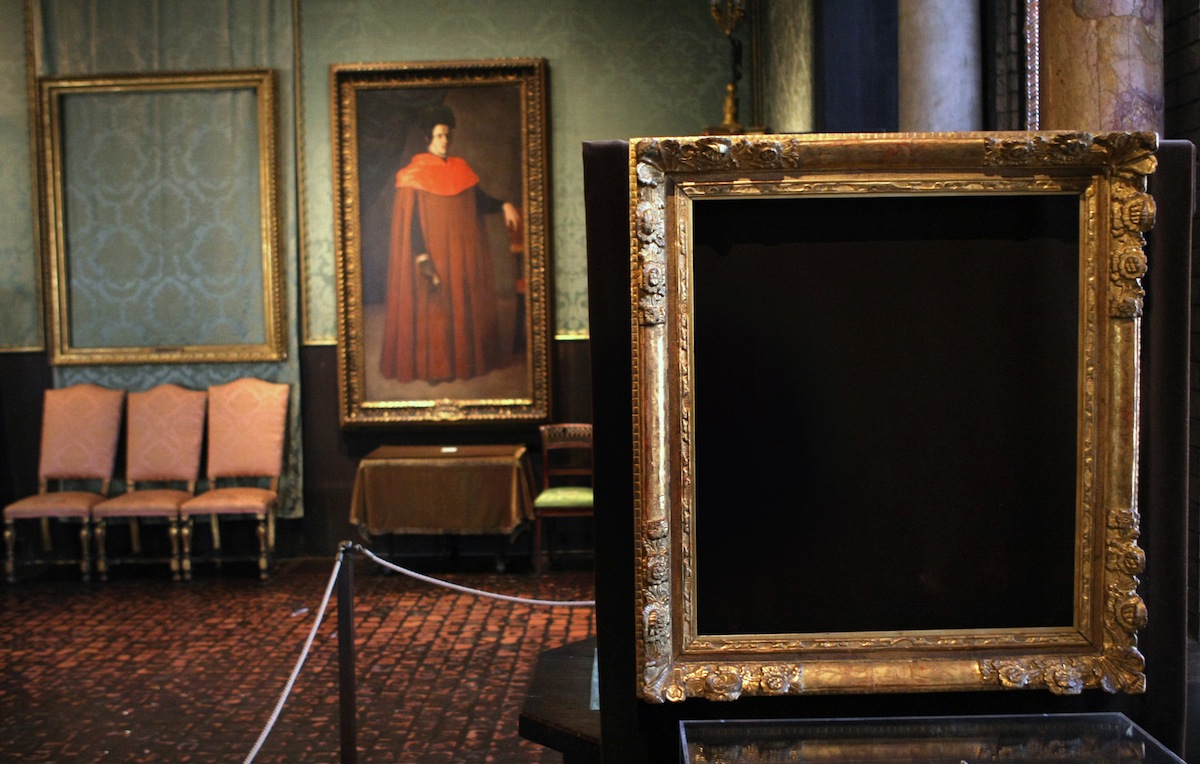
It was the morning of March 18, 1990 — exactly 25 years ago — when a security guard at Boston’s Isabella Stewart Gardner Museum got a nasty surprise. Hours earlier, thieves dressed as police officers had entered the museum, immobilized the security guards with duct tape, removed 13 works from their places and got away. Those works, including several Rembrandts and Vermeer’s The Concert, are valued by the FBI at a combined $500 million, making it the largest single property crime in the nation’s history.
A quarter-century later, the crime remains unsolved — but, as interest in the anniversary emerges, so have clues.
Even though the criminals appeared to have gotten away scot-free, the clues have been trickling in since the very beginning. Most of the works, per TIME’s original coverage of the theft, are not especially significant ones, which indicated from the start that the thieves were no experts. The valuation of the stolen works, which was originally $200 million, may also have been exaggerated, suggested the magazine’s Robert Hughes; the idea is that thieves who can be persuaded to ask higher prices when fleecing their wares are more likely to have to go out to a variety of potential buyers, which increases the likelihood that someone will spill the beans in exchange for the reward ($1 million in 1990; $5 million today). If the criminals had been real experts, they likely would have targeted the pride of the Gardner, Titian’s Rape of Europa, and would not have so crudely cut some paintings from their frames. The theft came during an increase in the incidence of such crimes as the value of the global art market expanded, increasing potential rewards and attracting more cons to the racket.
The next major spate of clues came in 1997, when after seven years and thousands of leads, there wast still no sign of the stolen works. At that point, TIME learned that two career criminals — one of whom was Myles Connor, a former rock guitarist who was at the time in prison for crimes connected to a 1975 art heist — had come forward offering to broker a return of the art, blaming the theft on two other criminals who had since died. (Connor also told the magazine that if he had been the one to knock off the Gardner, Europa would have been his target.)
The news of the clue had first come to the world courtesy of the Boston Herald, whose Tom Mashberg was invited earlier in 1997 to be driven to a warehouse where he was shown, by flashlight, a Rembrandt. The newspaper hired an expert to analyze photographs and paint chips they acquired, and announced that he had decided they were authentic. Negotiations with Connor and his acquaintance Billy Youngworth, however, stalled out. As Mashberg wrote in the New York Times this month, Connor was eventually ruled out as a reliable lead.
In 2013, another clue emerged. At that time, the FBI announced that they had determined who had committed the crime and where the stolen works had been taken. The works had been offered for sale in Connecticut and Philadelphia at some point, and the thieves were part of a larger criminal organization. Beyond that, the agency was hush-hush about its new knowledge.
The following year, an FBI agent released the names of three suspects and said that sightings of the works had been confirmed.
As reported in a lengthy story by Stephen Kurkjian last week — worthwhile reading for those interested in the intricacies of such an investigation — a raid in 2012 had uncovered evidence but no actual sightings of the paintings. Former Globe reporter Kurkjian’s new book, Master Thieves: The Boston Gangsters Who Pulled Off the World’s Greatest Art Heist, points a finger at a Boston criminal named Louis Royce for planting the idea in the actual criminals’ minds.
But the crime remains, for exactly 25 years as of today, unsolved.
Read TIME’s original coverage of the theft, here in the TIME Vault: A Boston Theft Reflects the Art World’s Turmoil
See Never Before Seen Warhol Art


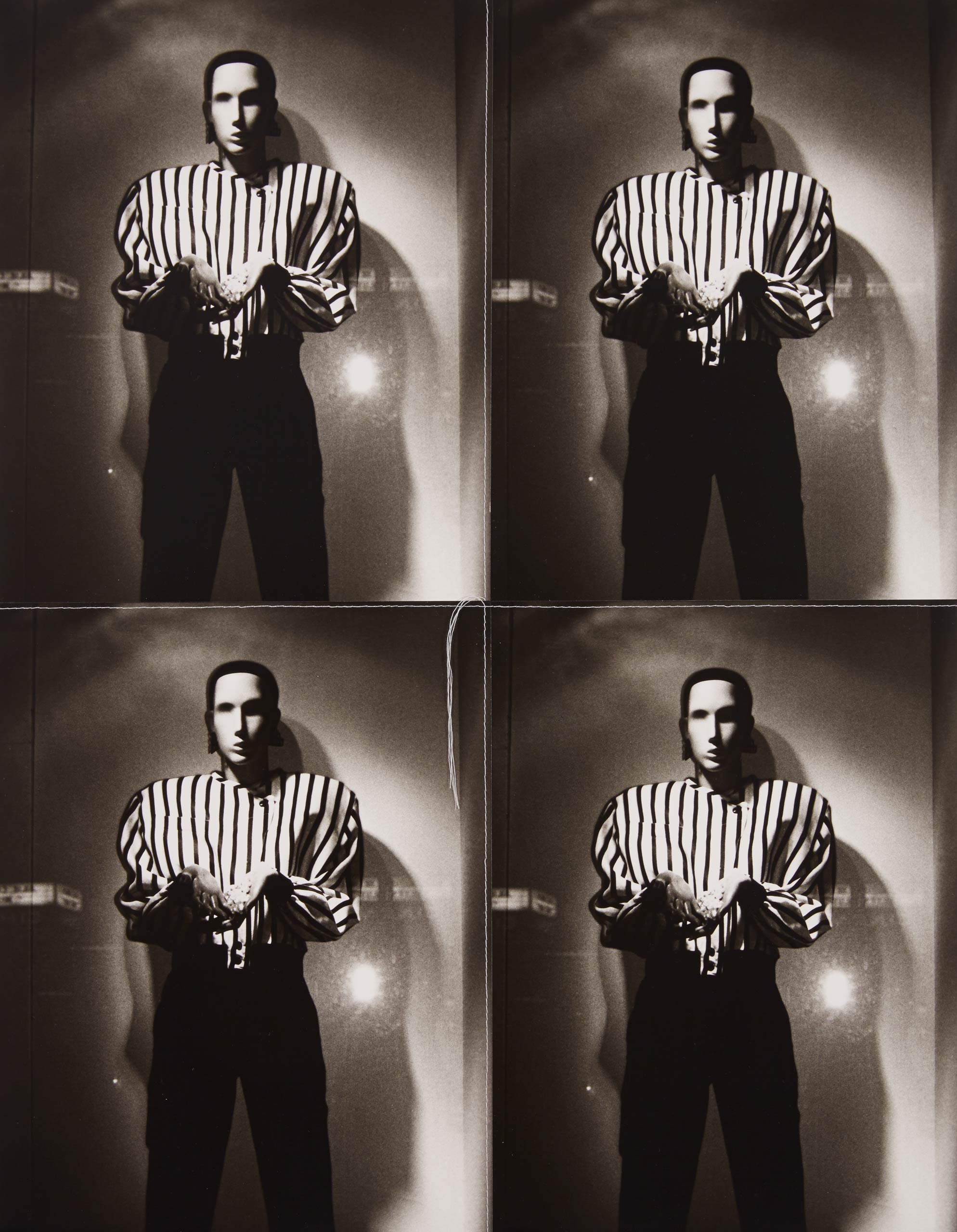
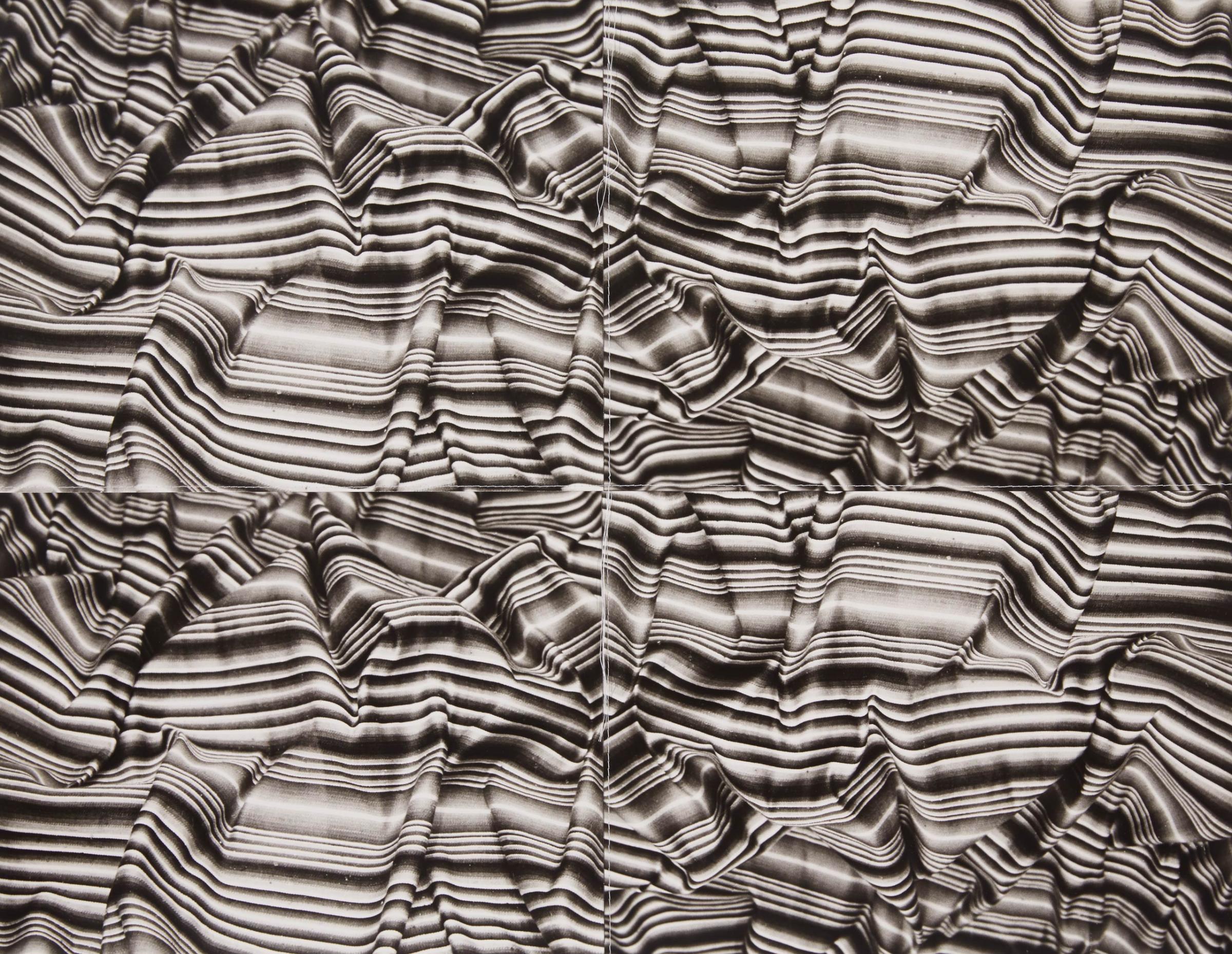
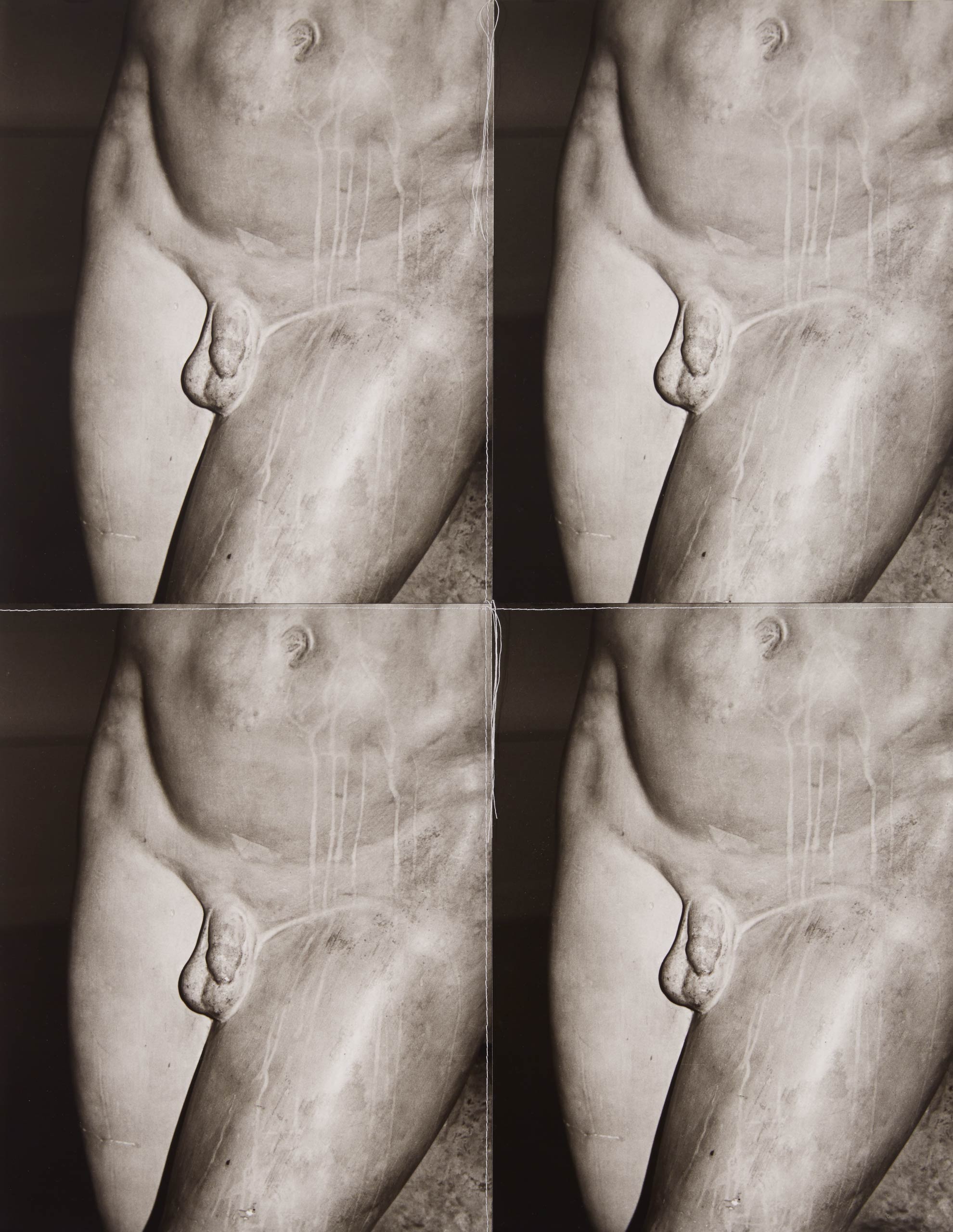
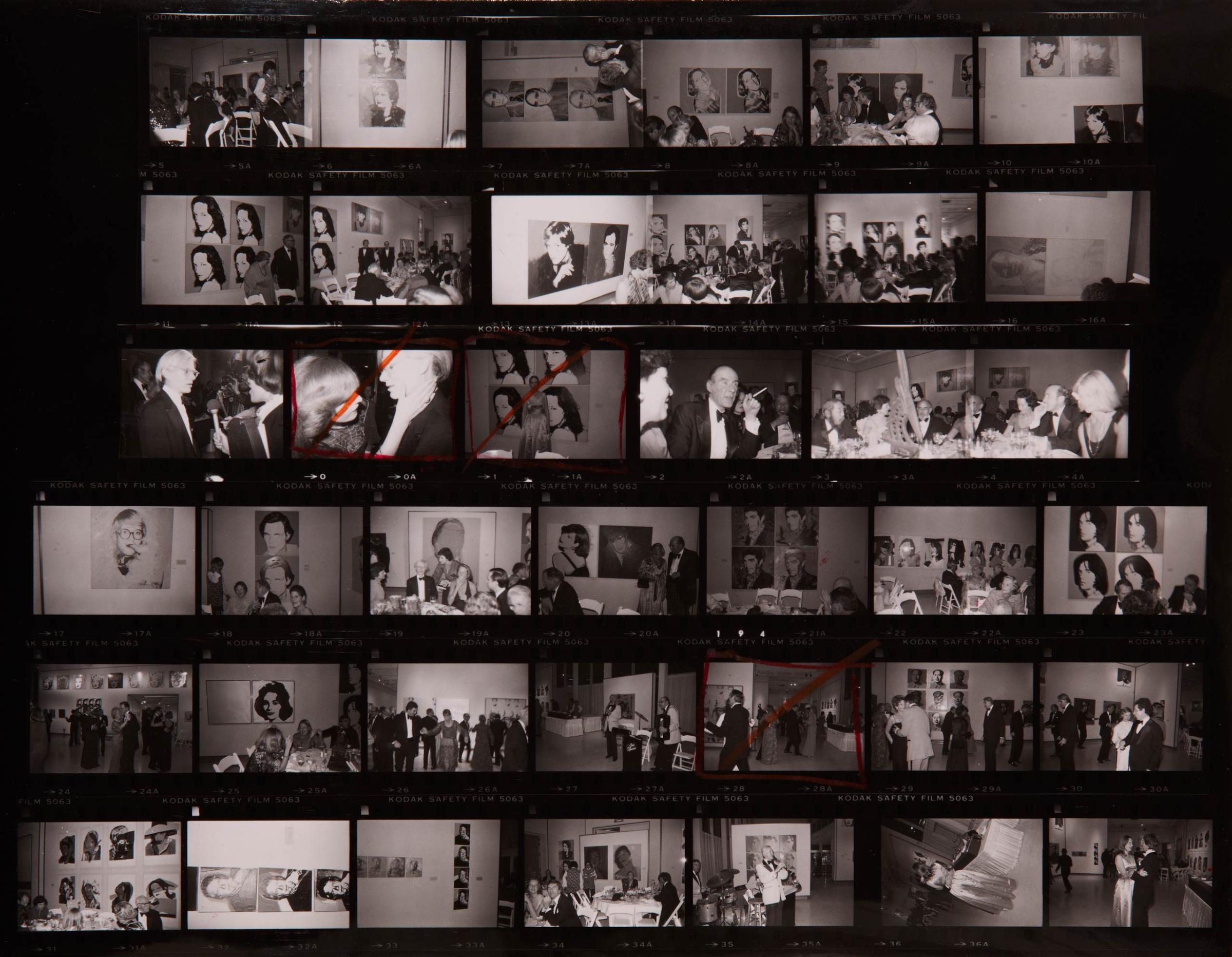
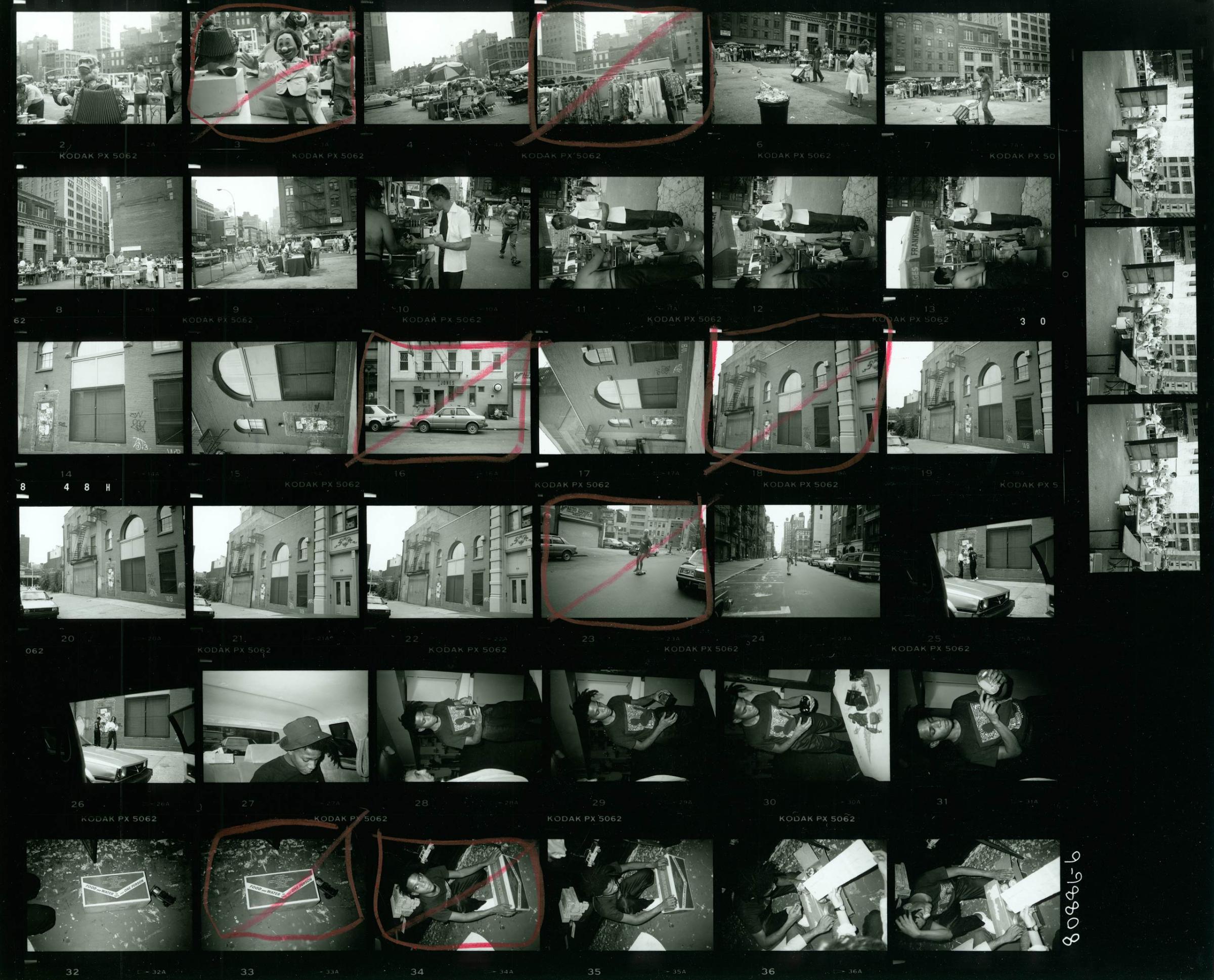
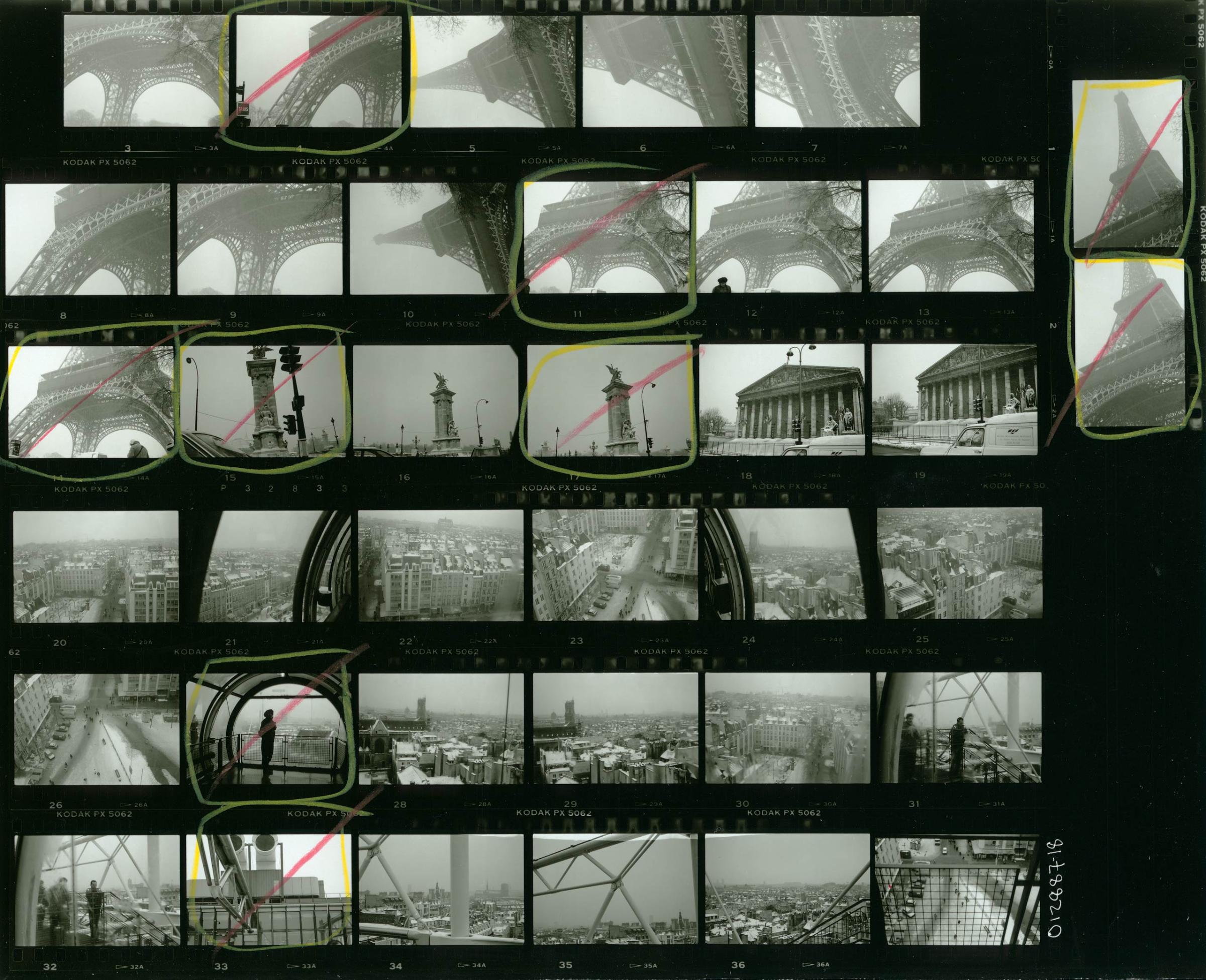
More Must-Reads From TIME
- The 100 Most Influential People of 2024
- The Revolution of Yulia Navalnaya
- 6 Compliments That Land Every Time
- What's the Deal With the Bitcoin Halving?
- If You're Dating Right Now , You're Brave: Column
- The AI That Could Heal a Divided Internet
- Fallout Is a Brilliant Model for the Future of Video Game Adaptations
- Want Weekly Recs on What to Watch, Read, and More? Sign Up for Worth Your Time
Write to Lily Rothman at lily.rothman@time.com